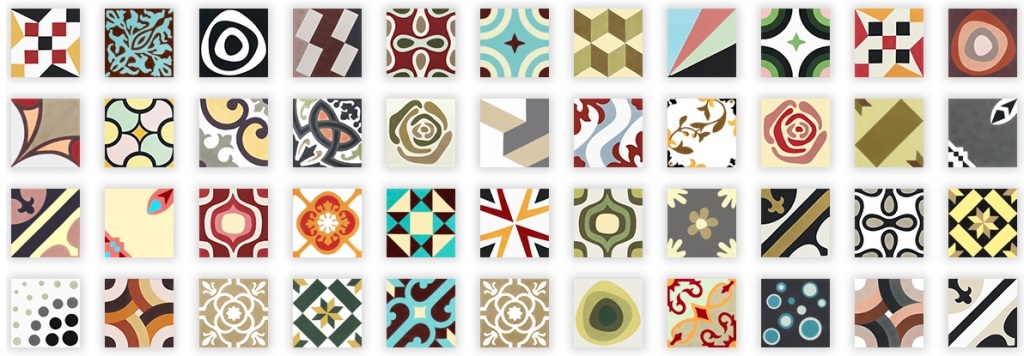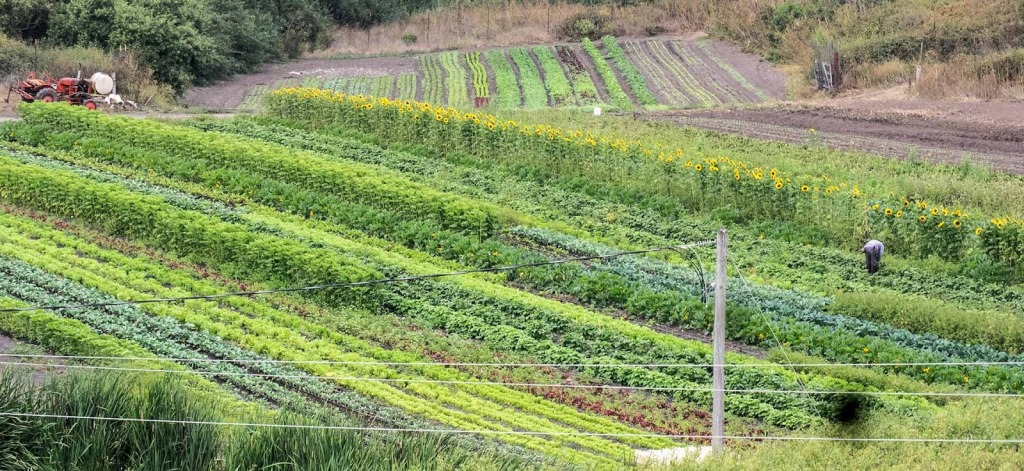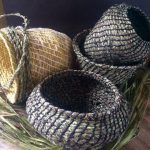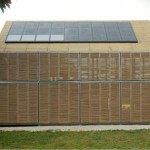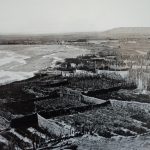Hydraulic mosaic is a decorative floor tile with carpet style patterns, made from pigmented cement. Invented halfway the nineteenth century in France, it was used mainly around the Mediterranean, in the Middle East, and in Central and South America. Hydraulic tile was a transition material between the pre-industrial and the industrial era, between craft processing and mass production.
Although their use diminished greatly since the 1960s — due to the arrival of cheaper mass-produced “terrazzo” tiles — hydraulic tiles are still made in the traditional way, both for the restauration of old buildings and to put them in new buildings.
